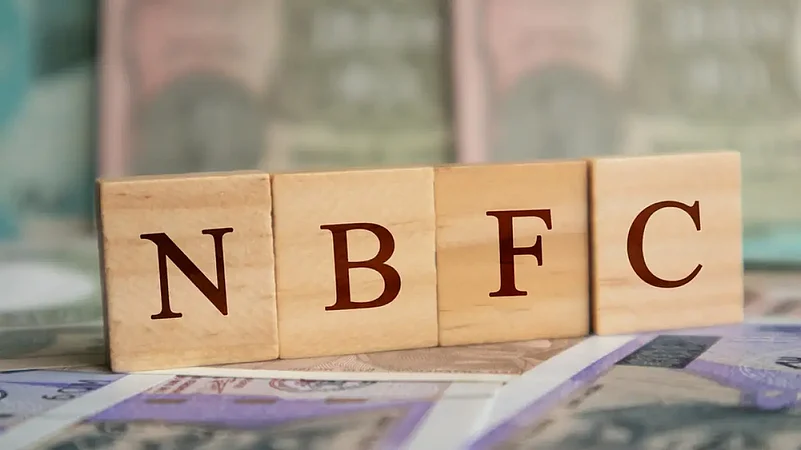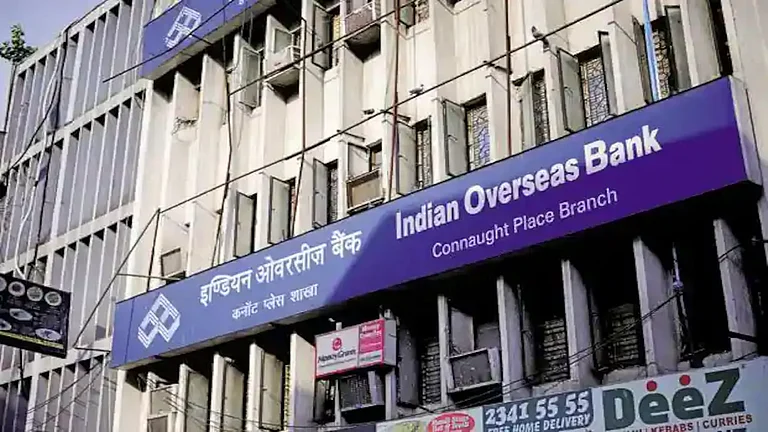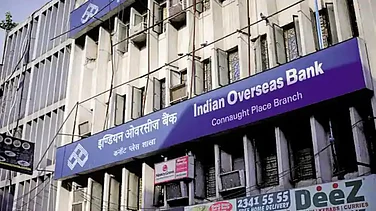Non-banking financial companies are likely to witness close to Rs 18 lakh crore of their outstanding debt getting repriced at higher levels in FY23 amid the rising interest rate scenario, Crisil Ratings said in a report on Tuesday.
The agency expects borrowing cost of NBFCs (Non-Banking Financial Companies) to go up by 85-105 basis points (bps) in this fiscal owing to recent hikes in repo rate by 90 basis points in two tranches and an expected rise of another 75 bps in the remaining fiscal.
The agency said an analysis of its rated NBFCs shows, "Rs 15 lakh crore of debt, or around 65 per cent of outstanding debt as on March 31, 2022, is due for repricing this fiscal owing to interest reset or maturity. Another Rs 3 lakh crore of incremental debt is likely to be raised to support expected growth in lending."
Banks remain a major funding resource for NBFCs. The share of banks in NBFCs' total borrowings has increased to 34 per cent in March 2022 from 27 per cent in March 2018.
The agency said the impact of rate hikes will vary based on the mix of fixed and floating rate borrowings in NBFC portfolios.
Earlier, transmission of such rate changes made by the RBI used to happen with a lag. However, with banks' floating loans now benchmarked to external gauges such as the repo since October 2019, the pass-through is relatively quicker compared with loans linked to the Marginal Cost of funds-based Lending Rate (MCLR).
"Our study shows increases or decreases in MCLR over the past five fiscals have not kept pace with the changes in the repo rate. At the same time, interest rates on repo-linked bank facilities do reflect such changes very quickly," the agency's senior director and deputy chief ratings officer Krishnan Sitaraman said.
In home loans, constituting 35-40 per cent of Assets Under Management (AUM), NBFCs should be able to pass on the higher rates to both existing and new clients since lending rates here are primarily floating in nature, the report said.
But this rise won't be to the same extent as the increase in borrowing costs, amid intensifying competition from banks, it said.
Other segments such as vehicle finance, and Micro, Small and Medium Enterprises (MSME) financing, comprise fixed rate loans majorly.
So only incremental loans would be charged at higher interest rates.
Gross spreads (lending rate less borrowing cost) of NBFCs will compress 40-60 bps this fiscal. This squeeze will be offset by the substantial provisioning buffers built over the past two fiscals, which had cranked up their credit costs, the agency said.
Its director Ajit Velonie said last fiscal, many NBFCs had released their provisioning buffers partially, which had reduced their credit costs.
"There is still a reasonable amount of cushion available — 0.5 per cent to 2 per cent of assets — as contingency provisioning. That means incremental provisioning would be lower. Consequently, profitability is likely to be nearly stable this fiscal compared with last," he said.
Besides substantial provisioning, the credit profiles of most NBFCs in the current fiscal will be supported by adequate liquidity and improved capitalisation, the rating agency said.
Talking about the restructured book of NBFCs, Sitaraman said although payments and collection from this segment has started, collection efficiency is still lower than the normal loan book.
"We do expect a higher level of slippages to NPAs from the restructured book as compared to the normal book. This is something which NBFCs will have to closely monitor," he said.
The extent of slippages would be higher in the unsecured and MSME loans, whereas it would be lower in the housing and gold loan segment, he noted.
Sitaraman expects slippages on the housing and gold loans to be in the single digit -- 5-10 per cent range-- and that in the unsecured and MSME segments to be higher, Sitaraman added.
























.jpg?w=200&auto=format%2Ccompress&fit=max)





